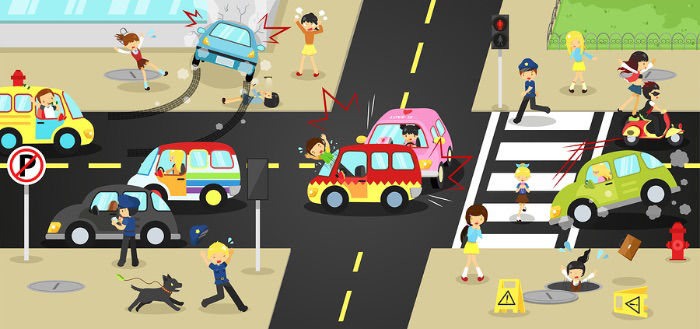Understanding who has the right of way
Understanding who has the right of way

Safe drivers understand that driver safety involves being aware of their surroundings at all times. Understanding the “rules of the road”, including a keen awareness of who has the right of way in all situations will improve safety and reduce the risk of an incident. Take note of who has the right of way in the following scenarios.
1 At stop signs
If you are at a stop sign you should come to a complete stop and then allow other cars, pedestrians, and cyclists to go. The first driver to stop at a 4-way stop should be the first to proceed. If you happen to arrive at the same time as another car then the car on the right should go first.
2 Intersections with no traffic signs or signals
When entering this type of intersection, you should yield to vehicles that are already in the intersection. Before turning left, you should yield to any vehicle that is coming from the opposite direction.
3 Driveways, alleys, and roadsides
If you are entering or exiting any of these you need to yield the right-of-way to any vehicle, cyclist, or pedestrian that is using the road or sidewalk.
4 Yielding to emergency vehicles
The law requires drivers to yield to any authorized emergency vehicle. If the driver is unable to move over or is on a single-lane road they must slow down to allow the emergency vehicle to pass.
5 Yielding to pedestrians
You must always allow pedestrians to have the right of way. Be particularly alert for those who may be blind. It is often possible to identify blind pedestrians by their use of a guide dog or a white cane.
While these examples are not all-inclusive, they can help you to understand what right-of-way involves and how yielding to others on the road can save lives. Stay alert! To lessen the risk of a collision, you should never assume that other drivers would show courtesy or follow the above guidelines.
At NHSA, our goal is to provide the highest quality online driver education training for teens and adults. Log on and see what courses are available in your state!
- 2023
- 2022
- 2021
- 2020
- 2019
- 2018
- 2017
